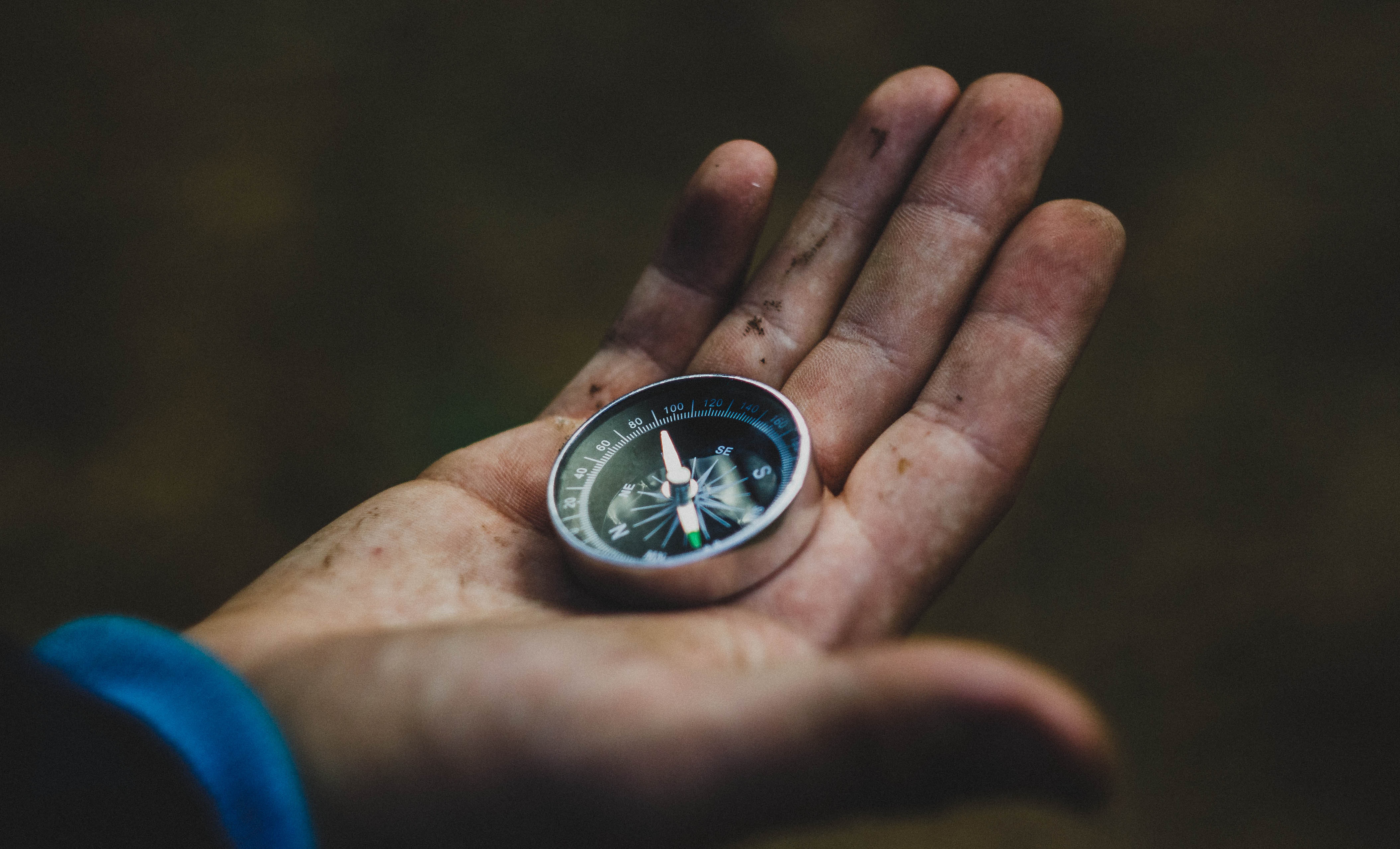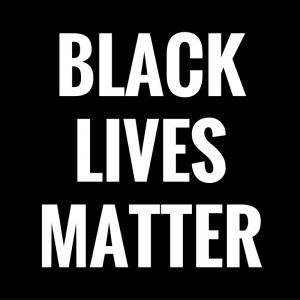A lot of couples seek therapy looking for help with their communication. They want to feel seen, heard, and understood. Pretty much all of us want to feel this.
Often, what ends up happening is a lot of talking and explaining and scrambling but not a lot of listening. We want to be heard before we hear. We want to be seen before we see. It becomes a rigid bartering system with the understanding that “If you listen to me and understand what I’m saying, I’ll listen to you and try to understand what you’re saying.”
And it’s understandable. When an intimate relationship is fraught with miscommunication and misunderstanding, there are wounds. There is pain. Most of us don’t know how to navigate our pain and the pain we’ve caused our loved ones. We are defensive when confronted and quick to point out what the other has done to hurt us. It’s hard to forge ahead together with this strategy.
If we’re unsure of how to navigate our hurt, we usually use anger as a secondary emotion. During an intense discussion or argument, we become angry enough that we forget we love the other person. Our stance becomes adversarial, and in a minute we say something deliberately hurtful. This kind of defense amplifies our communication problem and is a devastating hit to emotional intimacy.
In the heat of the moment, it’s hard to slow down. It goes against everything our nervous systems are telling us to try hear and see the other person’s experience. But if we want to deepen and maintain our bonds, we have to learn how.
When we’ve experienced trauma, hearing and seeing while regulating our emotions is especially hard. Fatigue, hunger, and loneliness also stack the odds against us. There are a million reasons that contribute to the challenge of hearing and seeing. And there is one big reason to keep trying- increased peace and understanding within ourselves and our relationships.
To be proficient in inquiry of others’ experience, it’s helpful to start to with ourselves. It’s also helpful to start by being pretty basic about it. Initially, try it when you’re feeling relatively calm. Pause and see what you notice. What’s happening? What do you hear? What do you smell? What do you notice in your body? Then, try it when you’re feeling slightly irritated. The more you practice it (or anything), the more available it will be to you when you need it. Eventually, you’ll try this when you are really struggling whether on your own or in relationship. If you’d like to talk more about this or have any questions, feel free to reach out.
Love and Be Loved,
Natalie




